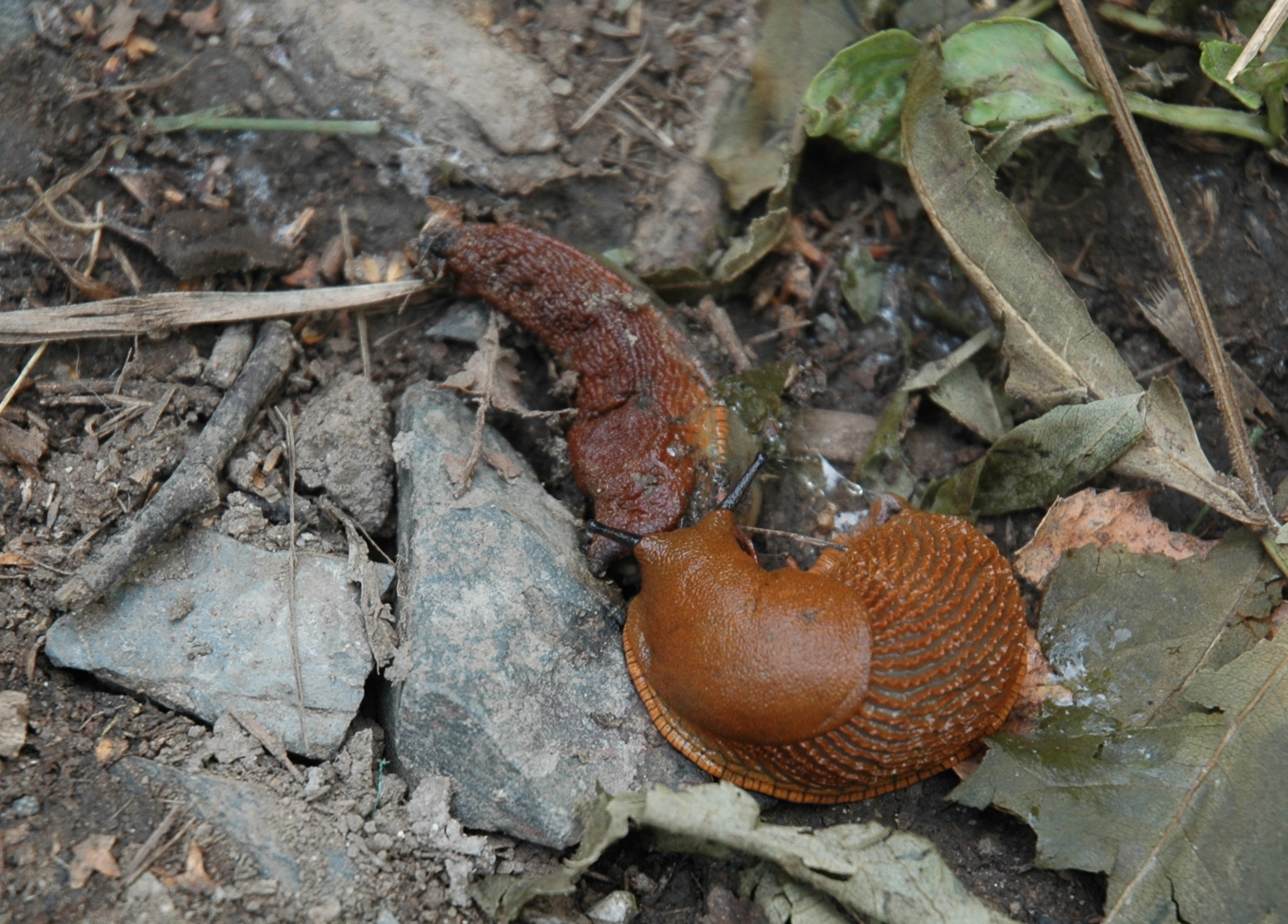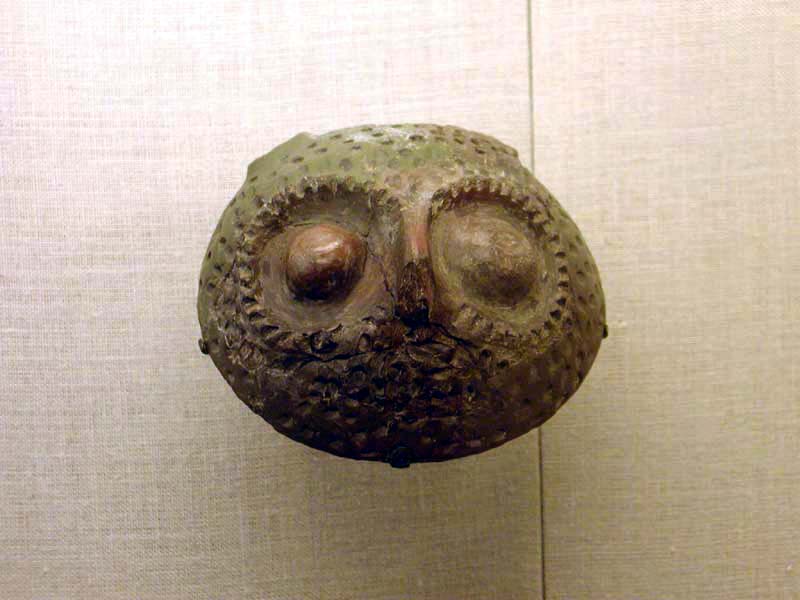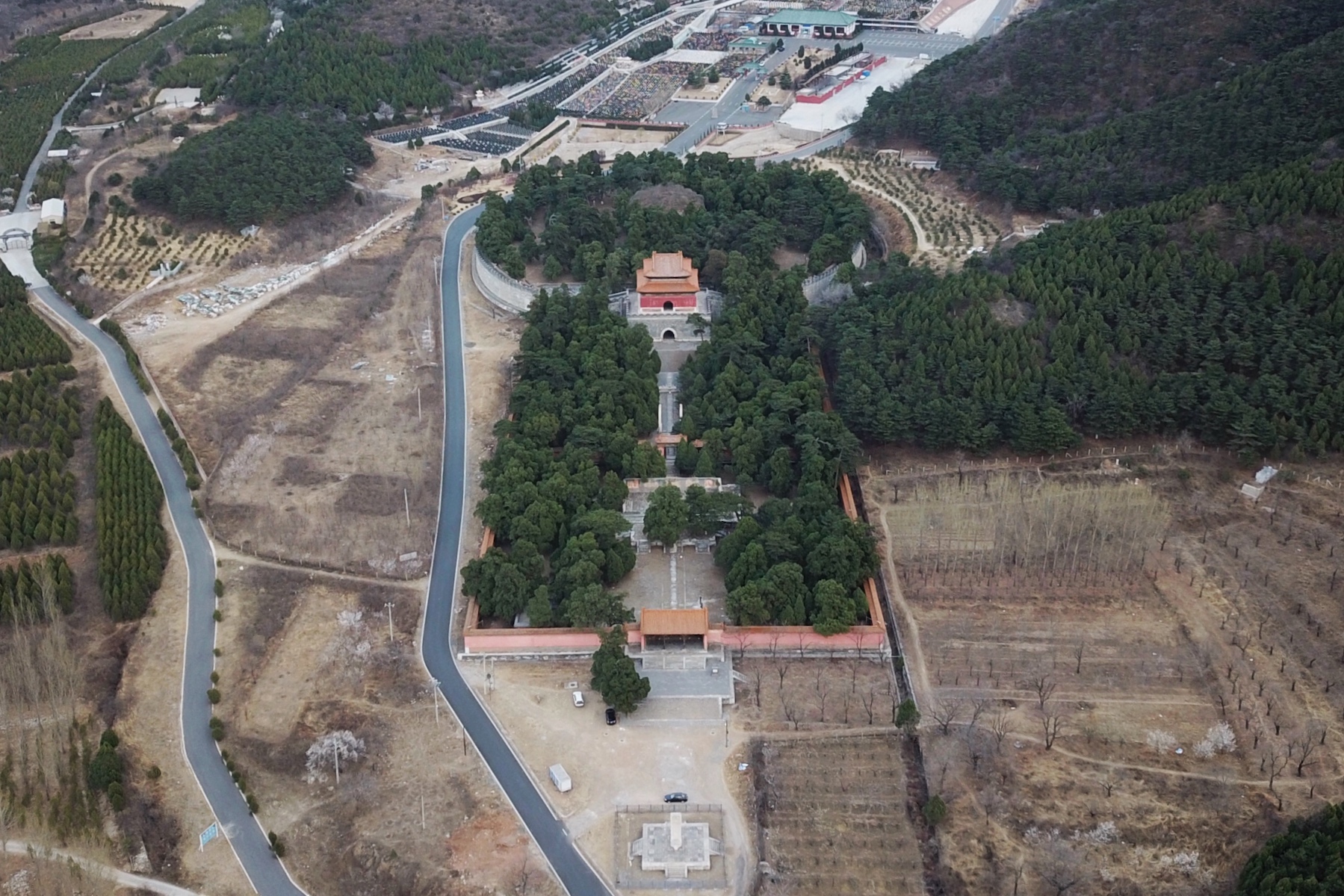|
Battle Of Ning-Jin
The Battle of Ning-Jin () was a military conflict between the Later Jin dynasty and the Ming dynasty. In the spring of 1627, the Later Jin khan Hong Taiji invaded Ming territory in Liaoning under the pretext of illegal construction on Later Jin territory. Background The Later Jin founder Nurhaci was wounded in the Battle of Ningyuan the previous year and died. His successor Hong Taiji ordered Amin to attack the kingdom of Joseon. He himself led a force of 40,000 to attack the Ming city of Jinzhou. Course of battle The Later Jin invaded Ming territory in Liaoning under the pretext of illegal construction on Jin lands. The Ming court immediately dispatched a relief army of 30,000. Hong Taiji led a force of 40,000 to Jinzhou, where he began negotiations with Ming. When Ming refused to respond, he assaulted the city. The battle was close and at one point it appeared that the western guard tower was about to fall, but the commander Zhao Shuaijiao rallied the defenders in that a ... [...More Info...] [...Related Items...] OR: [Wikipedia] [Google] [Baidu] |
Transition From Ming To Qing
The transition from Ming to Qing, alternatively known as Ming–Qing transition or the Manchu conquest of China, from 1618 to 1683, saw the transition between two major dynasties in Chinese history. It was a decades-long conflict between the emerging Qing dynasty, the incumbent Ming dynasty, and several smaller factions (like the Shun dynasty and Xi dynasty). It ended with the consolidation of Qing rule, and the fall of the Ming and several other factions. Overview The transition from the Ming to Qing was a decades-long period of conflict between: # the Qing dynasty, established by the Manchu clan Aisin Gioro in contemporary Northeast China; # the Ming dynasty, the incumbent dynasty led by the Zhu clan; # and various other rebel powers in China, such as the short-lived Xi dynasty led by Zhang Xianzhong and the short-lived Shun dynasty led by Li Zicheng. Leading up to the Qing, in 1618, the Later Jin khan Nurhaci commissioned a document entitled the Seven Griev ... [...More Info...] [...Related Items...] OR: [Wikipedia] [Google] [Baidu] |
Battle Of Ningyuan
The Battle of Ningyuan () was a battle between the Ming dynasty and the Later Jin dynasty in 1626. The Later Jin had been waging war on the Ming for several years, and their leader Nurhaci had deemed Ningyuan to be a suitable target for his attack, in part due to advice from a Ming defector, Li Yongfang. Later Jin failed to take the city and Nurhaci was wounded in the assault, dying eight months later. The Ming emerged victorious, marking a temporary resurgence of the Ming army after an eight-year-long series of defeats. Background The Ming had suffered a series of defeats against the Jurchens prior to 1626 and lost the key city of Shenyang in 1621 and the port city of Lüshun in 1625. Part of the Ming army's new strategy of defense was to develop Ningyuan into a military stronghold. Yuan Chonghuan, with the support of Sun Chengzong, was assigned the task of conducting a major strengthening of Ningyuan's defenses in anticipation of a Jurchen attack. However, the defensive pre ... [...More Info...] [...Related Items...] OR: [Wikipedia] [Google] [Baidu] |
Zhang Xianzhong
Zhang Xianzhong (张献忠 or Chang Hsien-chung; 18 September 1606 – 2 January 1647), nickname Huanghu (literally 'Yellow Tiger'), was a Chinese peasant leader who led a peasant revolt from Yan'an wei, Shaanxi (today Yulin, Shaanxi province). He conquered Sichuan in 1644, and named himself king and later emperor of the Xi dynasty (西朝 or Great Xi 大西). His rule in Sichuan was brief, and he was killed by the invading Qing army. He is commonly associated with the massacres in Sichuan that depopulated the region. However, the extent of his killings is disputed. Biography Early life Zhang was born in liushujian (literally 'willow spring', modern Dingbian, Shaanxi province), into a poor family. He was described as tall in stature, had a yellow complexion and a "tiger chin" (), and hence was given the nickname "Yellow Tiger". He served in the Ming army, and while in the army he was sentenced to death for violations of military rules, but was reprieved after an intervention b ... [...More Info...] [...Related Items...] OR: [Wikipedia] [Google] [Baidu] |
Yellow River
The Yellow River or Huang He (Chinese: , Mandarin: ''Huáng hé'' ) is the second-longest river in China, after the Yangtze River, and the sixth-longest river system in the world at the estimated length of . Originating in the Bayan Har Mountains in Qinghai province of Western China, it flows through nine provinces, and it empties into the Bohai Sea near the city of Dongying in Shandong province. The Yellow River basin has an east–west extent of about and a north–south extent of about . Its total drainage area is about . The Yellow River's basin was the birthplace of ancient Chinese, and, by extension, Far Eastern civilization, and it was the most prosperous region in early Chinese history. There are frequent devastating floods and course changes produced by the continual elevation of the river bed, sometimes above the level of its surrounding farm fields. Etymology Early Chinese literature including the '' Yu Gong'' or ''Tribute of Yu'' dating to the ... [...More Info...] [...Related Items...] OR: [Wikipedia] [Google] [Baidu] |
Cannibalism
Cannibalism is the act of consuming another individual of the same species as food. Cannibalism is a common ecological interaction in the animal kingdom and has been recorded in more than 1,500 species. Human cannibalism is well documented, both in ancient and in recent times. The rate of cannibalism increases in nutritionally poor environments as individuals turn to members of their own species as an additional food source.Elgar, M.A. & Crespi, B.J. (1992) ''Cannibalism: ecology and evolution among diverse taxa'', Oxford University Press, Oxford ngland New York. Cannibalism regulates population numbers, whereby resources such as food, shelter and territory become more readily available with the decrease of potential competition. Although it may benefit the individual, it has been shown that the presence of cannibalism decreases the expected survival rate of the whole population and increases the risk of consuming a relative. Other negative effects may include the increased r ... [...More Info...] [...Related Items...] OR: [Wikipedia] [Google] [Baidu] |
Henan
Henan (; or ; ; alternatively Honan) is a landlocked province of China, in the central part of the country. Henan is often referred to as Zhongyuan or Zhongzhou (), which literally means "central plain" or "midland", although the name is also applied to the entirety of China proper. Henan is a birthplace of Han Chinese civilization, with over 3,200 years of recorded history and remained China's cultural, economic and political center until approximately 1,000 years ago. Henan Province is home to many heritage sites, including the ruins of Shang dynasty capital city Yin and the Shaolin Temple. Four of the Eight Great Ancient Capitals of China, Luoyang, Anyang, Kaifeng and Zhengzhou, are in Henan. The practice of tai chi also began here in Chen Jia Gou Village (Chen style), as did the later Yang and Wu styles. Although the name of the province () means "south of the ellowriver.", approximately a quarter of the province lies north of the Yellow River, also known as th ... [...More Info...] [...Related Items...] OR: [Wikipedia] [Google] [Baidu] |
Shanxi
Shanxi (; ; formerly romanised as Shansi) is a landlocked province of the People's Republic of China and is part of the North China region. The capital and largest city of the province is Taiyuan, while its next most populated prefecture-level cities are Changzhi and Datong. Its one-character abbreviation is "" (), after the state of Jin that existed there during the Spring and Autumn period. The name ''Shanxi'' means "West of the Mountains", a reference to the province's location west of the Taihang Mountains. Shanxi borders Hebei to the east, Henan to the south, Shaanxi to the west and Inner Mongolia to the north. Shanxi's terrain is characterised by a plateau bounded partly by mountain ranges. Shanxi's culture is largely dominated by the ethnic Han majority, who make up over 99% of its population. Jin Chinese is considered by some linguists to be a distinct language from Mandarin and its geographical range covers most of Shanxi. Both Jin and Mandarin are spoken in ... [...More Info...] [...Related Items...] OR: [Wikipedia] [Google] [Baidu] |
Shaanxi
Shaanxi (alternatively Shensi, see § Name) is a landlocked province of China. Officially part of Northwest China, it borders the province-level divisions of Shanxi (NE, E), Henan (E), Hubei (SE), Chongqing (S), Sichuan (SW), Gansu (W), Ningxia (NW) and Inner Mongolia (N). Shaanxi covers an area of over with about 37 million people, the 16th highest in China. Xi'an – which includes the sites of the former Chinese capitals Fenghao and Chang'an – is the provincial capital as well as the largest city in Northwest China and also one of the oldest cities in China and the oldest of the Four Great Ancient Capitals, being the capital for the Western Zhou, Western Han, Jin, Sui and Tang dynasties. Xianyang, which served as the Qin dynasty capital, is just north across Wei River. The other prefecture-level cities into which the province is divided are Ankang, Baoji, Hanzhong, Shangluo, Tongchuan, Weinan, Yan'an and Yulin. The province is geographically div ... [...More Info...] [...Related Items...] OR: [Wikipedia] [Google] [Baidu] |
Chongzhen Emperor
The Chongzhen Emperor (; 6 February 1611 – 25 April 1644), personal name Zhu Youjian (), courtesy name Deyue (),Wang Yuan (王源),''Ju ye tang wen ji'' (《居業堂文集》), vol. 19. "聞之張景蔚親見烈皇帝神主題御諱字德約,行五,生於萬曆庚戌十二月二十四日寅時,崩於崇禎甲申三月十九日丑時。" was the 17th and last Emperor of the Ming dynasty. He reigned from 1627 to 1644. " Chongzhen," the era name of his reign, means "honorable and auspicious." Zhu Youjian was son of the Taichang Emperor and younger brother of the Tianqi Emperor, whom he succeeded to the throne in 1627. He battled peasant rebellions and was not able to defend the northern frontier against the Manchu. When rebels under Li Zicheng reached the capital Beijing in 1644, he committed suicide, ending the Ming dynasty. The Manchu formed the succeeding Qing dynasty. In 1645, Zhu Yousong, who had proclaimed himself the Hongguang Emperor of the Southern Ming, g ... [...More Info...] [...Related Items...] OR: [Wikipedia] [Google] [Baidu] |
Tianqi Emperor
The Tianqi Emperor (23 December 1605 – 30 September 1627), personal name Zhu Youjiao (), was the 16th Emperor of the Ming dynasty, reigning from 1620 to 1627. He was the eldest son of the Taichang Emperor and a elder brother of the Chongzhen Emperor, who succeeded him. " Tianqi", the era name of his reign, means "heavenly opening". Biography Zhu Youjiao became emperor at the age of 15, following the death of his father, the Taichang Emperor, who ruled less than a month. He did not pay much attention to state affairs, and was accused of failing in his filial duties to his late father by not continuing the latter's wishes. It is possible that Zhu Youjiao suffered from a learning disability or something more. He was illiterate and showed no interest in his studies. However, he was an outstanding carpenter and craftsman, often spending vast amounts of time on woodworking and instructing his servants to sell his creations undercover on the market just to see how much they were ... [...More Info...] [...Related Items...] OR: [Wikipedia] [Google] [Baidu] |
You Shilu
In Modern English, ''you'' is the second-person pronoun. It is grammatically plural, and was historically used only for the dative case, but in most modern dialects is used for all cases and numbers. History ''You'' comes from the Proto-Germanic demonstrative base *''juz''-, *''iwwiz'' from PIE *''yu''- (second person plural pronoun). Old English had singular, dual, and plural second-person pronouns. The dual form was lost by the twelfth century, and the singular form was lost by the early 1600s. The development is shown in the following table. Early Modern English distinguished between the plural '' ye'' and the singular ''thou''. As in many other European languages, English at the time had a T–V distinction, which made the plural forms more respectful and deferential; they were used to address strangers and social superiors. This distinction ultimately led to familiar ''thou'' becoming obsolete in modern English, although it persists in some English dialects. ''Yo ... [...More Info...] [...Related Items...] OR: [Wikipedia] [Google] [Baidu] |
Zhao Shuaijiao
Zhao may refer to: * Zhao (surname) (赵), a Chinese surname ** commonly spelled Chao in Taiwan or up until the early 20th century in other regions ** Chiu, from the Cantonese pronunciation ** Cho (Korean surname), represent the Hanja 趙 (Chinese: Zhao) ** Triệu, a Vietnamese surname which is the equivalent of the Mandarin Chinese surname Zhao (趙) * Zhao County, in Shijiazhuang, Hebei, China * Zhao family (other) ** Zhao family (Internet slang), based on the surname Zhao, an internet term in China which refers to the ruling elite and the rich * 兆 (zhào), a Chinese numeral which usually represents 106 or 1012 **Mega-, corresponding SI prefix in China, equals to 106 **Tera-, corresponding SI prefix in Taiwan, equals to 1012 * Admiral Zhao, a character in the animated series ''Avatar: The Last Airbender'' Chinese history * Zhao (state) (403 BC–222 BC), a Warring States period state * Triệu dynasty (204 BC–111 BC), or Zhao dynasty, the ruling house of the N ... [...More Info...] [...Related Items...] OR: [Wikipedia] [Google] [Baidu] |







.jpg)
